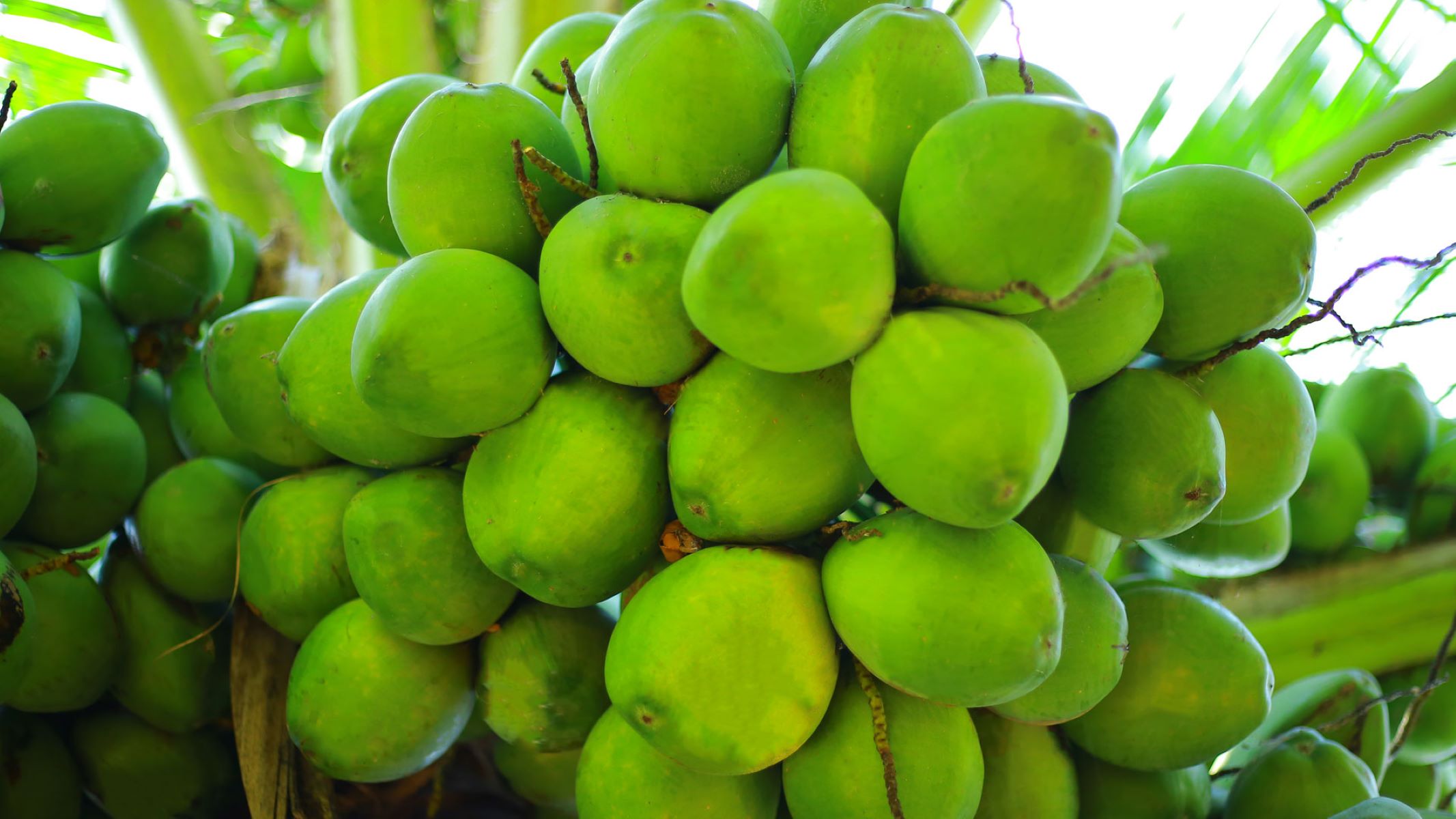

Articles
How To Store Unopened Coconut
Modified: February 23, 2024
Looking for tips on how to store unopened coconut? Check out our informative articles for easy and effective methods to keep coconut fresh and delicious for longer.
(Many of the links in this article redirect to a specific reviewed product. Your purchase of these products through affiliate links helps to generate commission for Storables.com, at no extra cost. Learn more)
Introduction
Coconut is a versatile and delicious fruit that is packed with nutrients and flavor. Whether you have recently acquired a fresh coconut from your local grocery store or harvested one from a tropical vacation, you may be wondering how to store it properly to ensure its freshness and longevity.
Storing an unopened coconut can be a bit tricky, especially if you are not familiar with the best practices. In this article, we will explore the steps you need to take to store an unopened coconut properly. From selecting a fresh coconut to finding the ideal storage spot, we will cover everything you need to know to keep your coconut fresh and ready for consumption.
So, if you are ready to learn the secrets of storing an unopened coconut, let’s dive in!
Key Takeaways:
- Select a fresh, heavy coconut with a sloshing sound and a brown husk. Prepare it by removing excess husk, cleaning, and drying. Store in a warm, ventilated area away from direct sunlight to maintain freshness.
- To ensure freshness, check the coconut’s smell, weight, appearance, water content, and taste before use. Extend shelf life by storing in a cool, dark place, avoiding refrigeration, and freezing the flesh if not used within a few weeks.
Read more: How To Store Unopened Botox
Selecting a Fresh Coconut
The key to storing a coconut successfully lies in selecting a fresh one. When choosing a coconut, there are a few essential factors to consider:
- Weight: A fresh coconut should feel heavy in your hand. It indicates that the coconut is filled with water and has not dried out.
- Sound: Gently shake the coconut near your ear. If you hear a sloshing sound, it means that there is still water inside, which is a sign of freshness.
- Appearance: Look for a coconut with a brown, hairy husk. Avoid coconuts with mold, cracks, or any signs of damage.
Keep in mind that the presence of these indicators does not guarantee the freshness of the coconut, but they are reliable guidelines to follow when choosing your coconut.
It’s also worth noting that young coconuts, which are green and smooth, are typically consumed for their water rather than the flesh inside. If you’re planning to store the coconut for its meat, opt for a mature coconut with a brown husk.
Once you have selected a fresh and healthy coconut, you are ready to proceed with the storage process.
Preparing the Coconut for Storage
Before you store the coconut, it is important to properly prepare it. Follow these steps to prepare the coconut for storage:
- Remove any excess husk: Start by removing any loose or excess husk from the coconut. Use a knife or a sturdy vegetable peeler to carefully strip away the fibers or husk until you reach the hard shell beneath.
- Clean the exterior: Once you have removed the excess husk, you can further clean the exterior of the coconut by rinsing it with water. This will help remove any dirt or debris that may be present.
- Dry the coconut: After cleaning, it is essential to dry the coconut thoroughly. Use a clean towel or allow it to air dry for a few hours. The coconut shell should be completely dry before storing.
- Avoid cracking or damaging the shell: Handle the coconut with care to prevent any cracks or damage to the shell. A damaged shell can lead to spoilage and can compromise the freshness of the coconut.
By following these preparation steps, you can ensure that your coconut is ready for storage and will maintain its freshness for a longer period of time.
Finding the Right Storage Spot
Choosing the right storage spot for your unopened coconut is crucial to maintaining its freshness and quality. Here are some considerations when selecting the ideal storage location:
- Temperature: Coconuts thrive in warm and tropical climates, so it’s important to store them in a warm environment. Room temperature is ideal, around 70 to 75 degrees Fahrenheit (21 to 24 degrees Celsius). Avoid storing coconuts in extreme temperatures, such as in the refrigerator.
- Air circulation: Good air circulation is important to prevent the growth of mold or mildew. Choose a storage area that has adequate ventilation to allow air to circulate around the coconut.
- Avoid direct sunlight: Coconuts should be kept away from direct sunlight as it can cause them to spoil more quickly. Find a spot that is cool and shaded to store your coconut.
- Humidity: Coconuts prefer a slightly humid environment. If you live in a dry climate, you can place a damp towel or cloth near the coconut to help maintain the desired level of humidity.
Consider these factors when selecting the perfect spot for storing your unopened coconut. It’s important to find a location that provides the right conditions to maintain its freshness and flavor.
Store unopened coconut in a cool, dry place, away from direct sunlight. It can be kept at room temperature for up to 4 months. If you want to store it for longer, you can refrigerate it for up to 6 months.
Storing the Unopened Coconut
Now that you have prepared the coconut and found the ideal storage spot, it’s time to learn how to store the unopened coconut effectively. Follow these steps to ensure the best storage for your coconut:
- Leave it whole: It is recommended to store the coconut whole and unopened to maintain its freshness. The intact shell acts as a protective layer, keeping the coconut meat and water sealed inside.
- Wrap it in a breathable material: To prevent any external contaminants from reaching the coconut, wrap it loosely in a breathable material, such as a paper towel or a clean cloth. Avoid using plastic wrap, as it can trap moisture and lead to spoilage.
- Place it in a ventilated container: Find a storage container that is well-ventilated and allows air to circulate around the coconut. A mesh bag or a basket with holes is a suitable option to provide the necessary airflow.
- Keep it away from strong odors: Coconuts can absorb strong odors, affecting their flavor. Avoid storing them near foods with potent aromas, such as onions or garlic.
By following these storage steps, you can maintain the quality of your unopened coconut for an extended period of time.
Read more: How To Store Coconut Macaroons
Checking for Freshness before Use
Before using your stored coconut, it’s important to check its freshness to ensure it is still suitable for consumption. Here are some indicators of a fresh coconut:
- Smell: Give the coconut a gentle sniff. A fresh coconut will have a pleasant and sweet aroma. If it smells sour or off-putting, it may be spoiled.
- Weight: Pick up the coconut and feel its weight. A fresh coconut should still feel heavy, indicating that it hasn’t dried out. If it feels noticeably lighter, it may have lost some of its moisture.
- Appearance: Examine the coconut’s exterior. It should still have a brown husk and show no signs of mold, cracks, or other damage. If you notice any abnormalities, it’s best to discard it.
- Water content: Shake the coconut gently near your ear. If you can hear the sound of sloshing water inside, it’s a good sign that the coconut is still fresh. If there is no sound or the sound is muted, it may be an indication of dryness or spoilage.
- Taste: Finally, if everything else checks out, you can crack open the coconut and taste a small piece of the flesh. It should have a mildly sweet and nutty flavor. If it tastes sour or has an unpleasant taste, it may no longer be fresh.
By carefully observing these factors, you can determine if your stored coconut is still fresh and suitable for consumption. If any of the indicators suggest spoilage, it’s best to err on the side of caution and discard the coconut.
Tips for Extending Coconut Shelf Life
To maximize the shelf life of your unopened coconut and ensure its freshness for as long as possible, consider the following tips:
- Store in a cool, dark place: While coconuts prefer warmth, storing them in a cool and dark place can help slow down the spoilage process. Avoid exposure to direct sunlight or high temperatures.
- Do not refrigerate: Refrigerating unopened coconuts can cause them to deteriorate faster. The moist environment of the refrigerator can promote mold growth and compromise the coconut’s freshness.
- Rotate your stock: If you have multiple coconuts, make sure to use the oldest ones first. This will help prevent spoilage and minimize waste.
- Inspect periodically: Check your stored coconuts regularly for any signs of damage, mold, or spoilage. Remove any affected coconuts to prevent them from affecting the others.
- Avoid exposure to moisture: Moisture can speed up the spoilage process. Keep your stored coconuts away from areas with high humidity or sources of moisture, such as sinks or water heaters.
- Consider freezing: If you don’t plan on using your coconut within a few weeks, you can freeze it. Crack open the coconut, remove the flesh, and store it in an airtight container or freezer bag. Frozen coconut can last for several months.
By following these tips, you can extend the shelf life of your unopened coconut and enjoy its freshness for a longer period.
Conclusion
Storing an unopened coconut doesn’t have to be a challenging task. By following the proper steps and guidelines, you can keep your coconut fresh and flavorful for an extended period.
Remember to select a fresh coconut by considering its weight, sound, and appearance. Prepare the coconut by removing excess husk, cleaning the exterior, and ensuring it is completely dry.
When it comes to storage, find a suitable location that provides the right temperature, air circulation, and humidity levels. Keep the coconut whole and unopened, wrapping it in a breathable material and placing it in a well-ventilated container.
Before using the coconut, make sure to check for freshness by examining its smell, weight, appearance, water content, and taste. If any signs of spoilage are present, it’s best to discard the coconut.
To extend the shelf life of your coconut, store it in a cool and dark place, avoid refrigeration, rotate your stock, inspect periodically, and protect it from moisture. Freezing the coconut flesh is also an option for long-term storage.
With these tips and practices, you can ensure that your unopened coconut remains fresh, delicious, and ready for use in your favorite recipes or as a healthy snack.
So, go ahead and confidently store your unopened coconut, knowing that you can enjoy its tropical goodness whenever the craving strikes!
Frequently Asked Questions about How To Store Unopened Coconut
Was this page helpful?
At Storables.com, we guarantee accurate and reliable information. Our content, validated by Expert Board Contributors, is crafted following stringent Editorial Policies. We're committed to providing you with well-researched, expert-backed insights for all your informational needs.


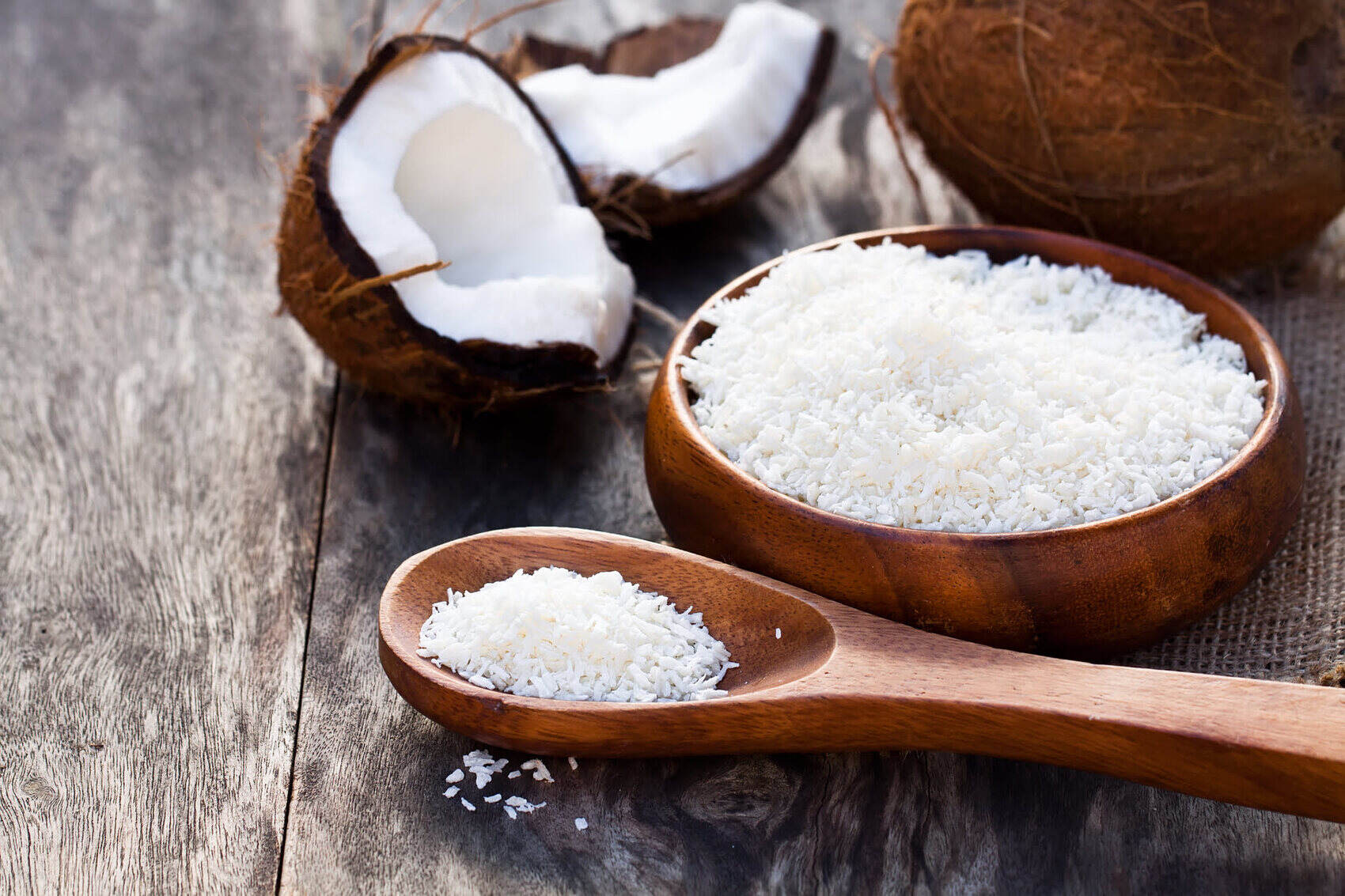
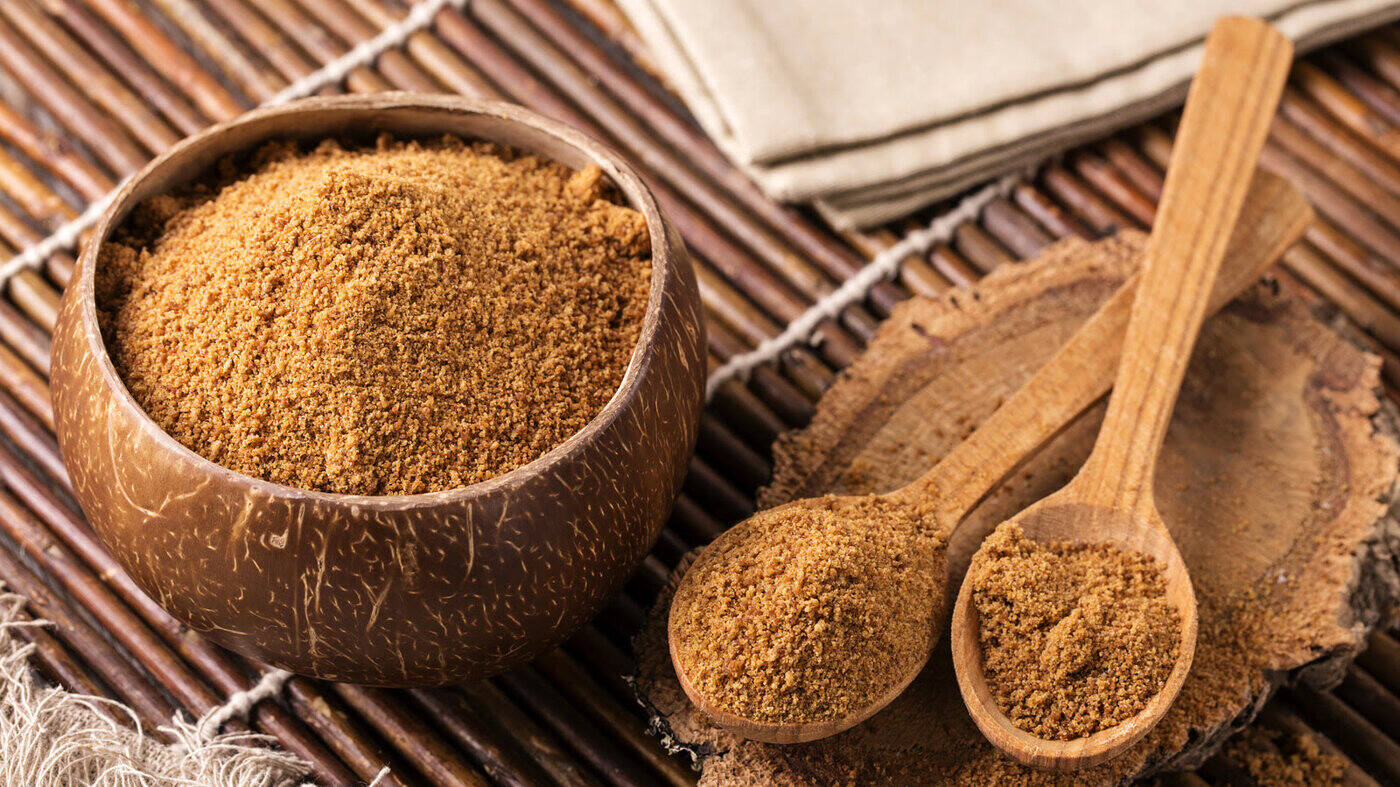
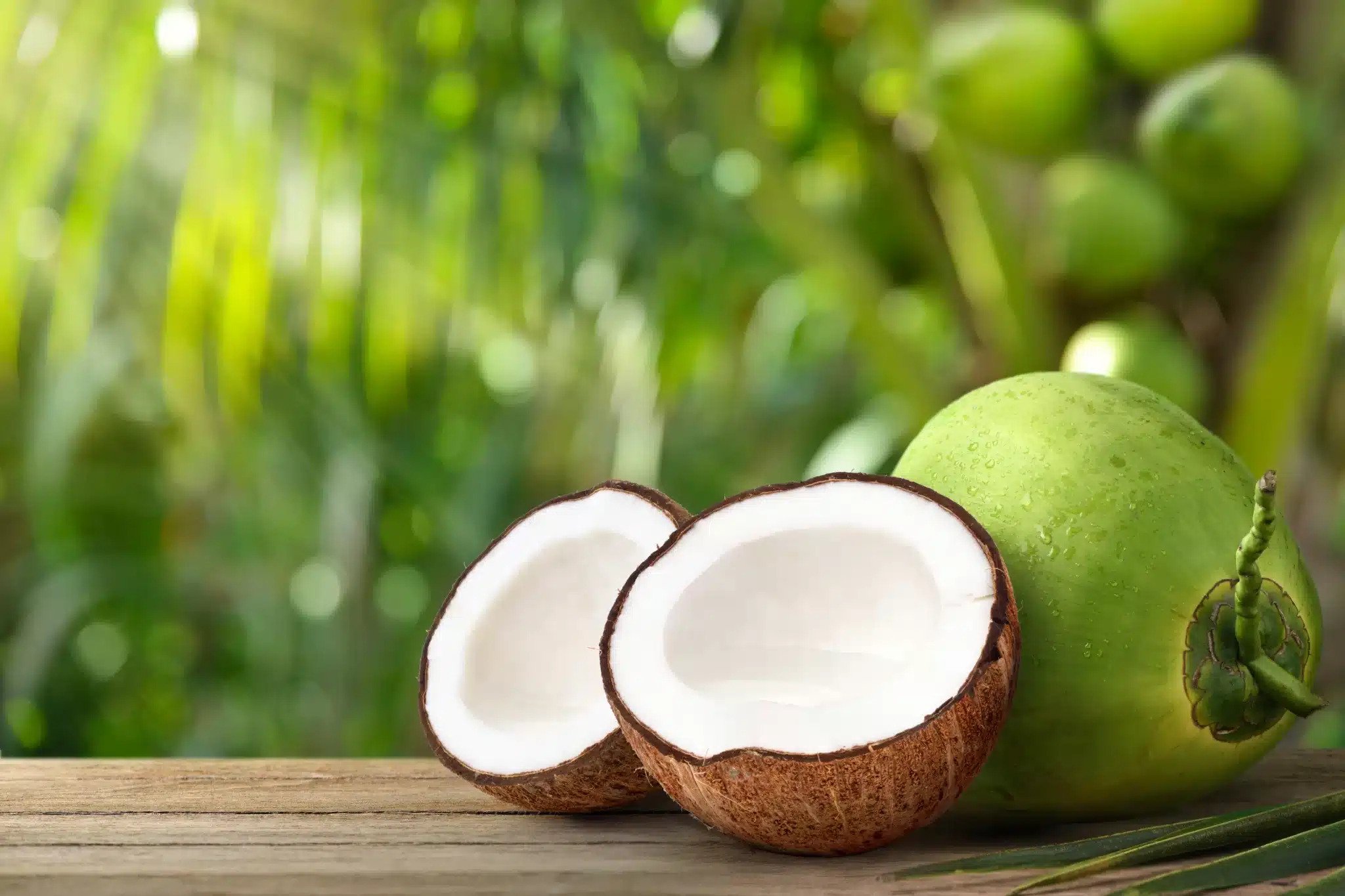
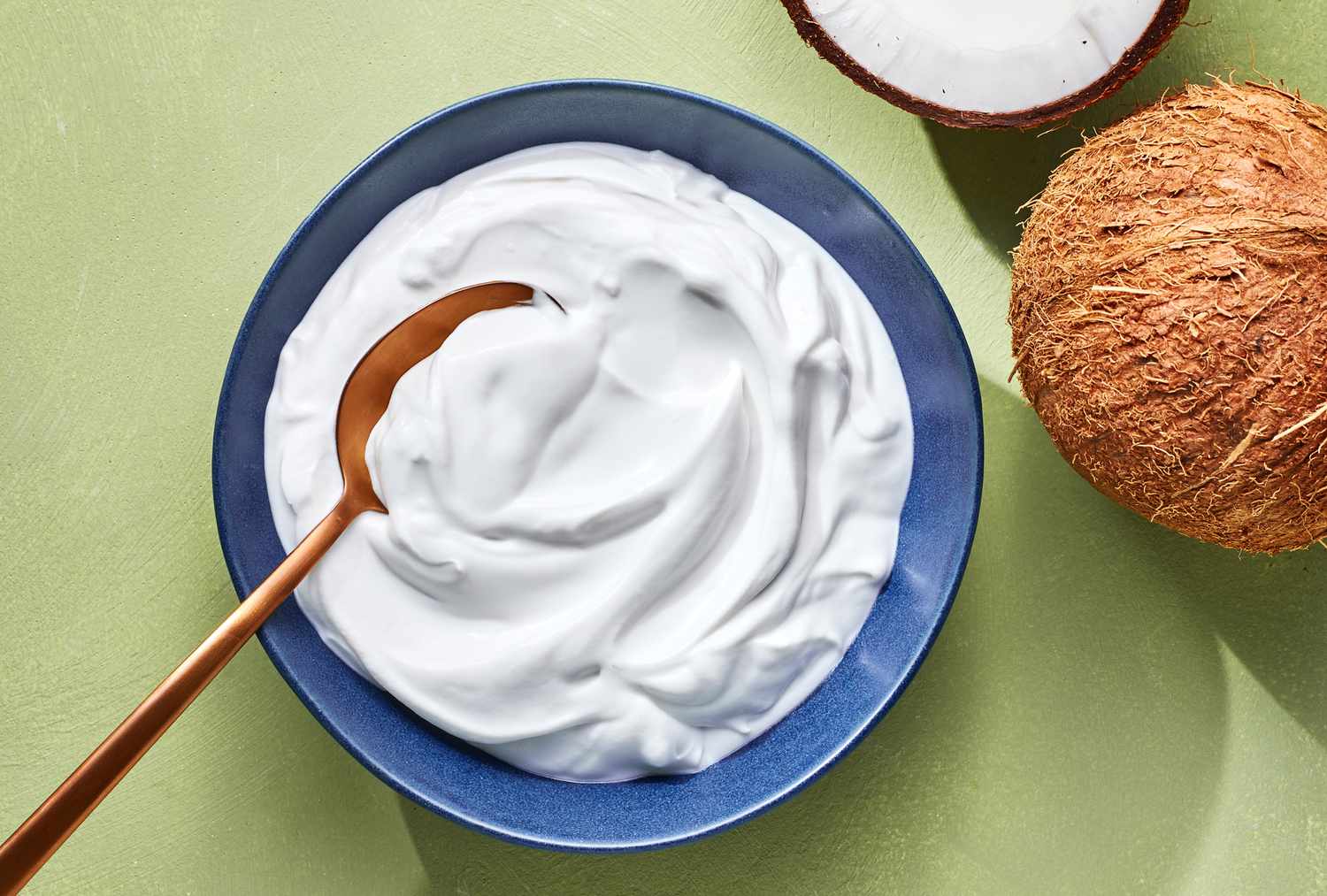
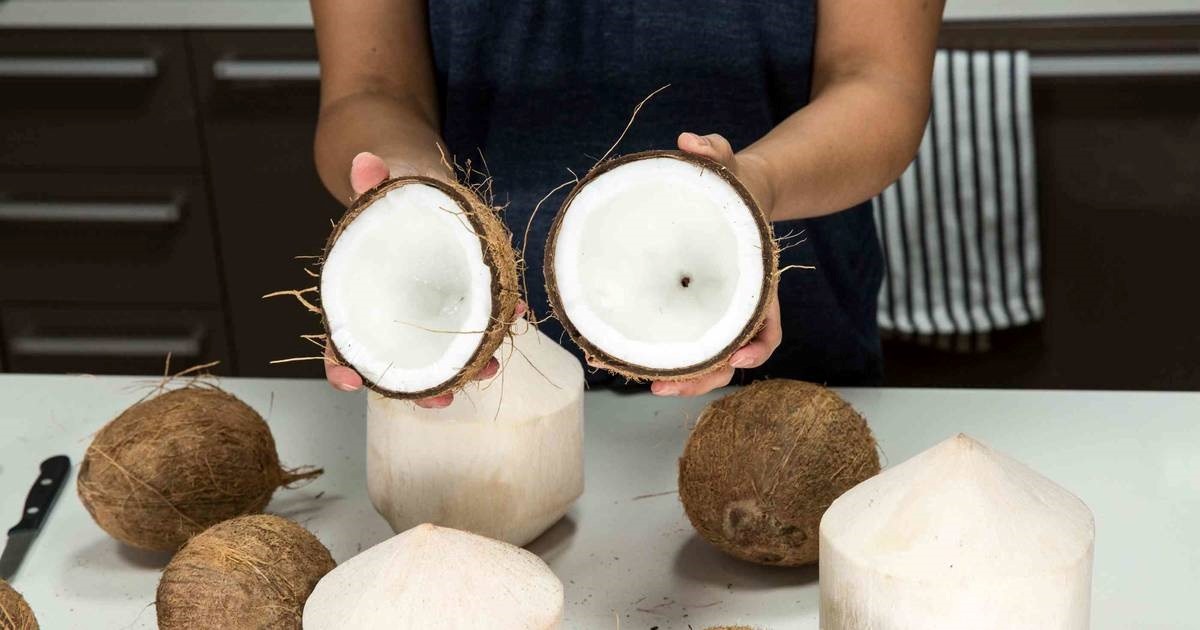
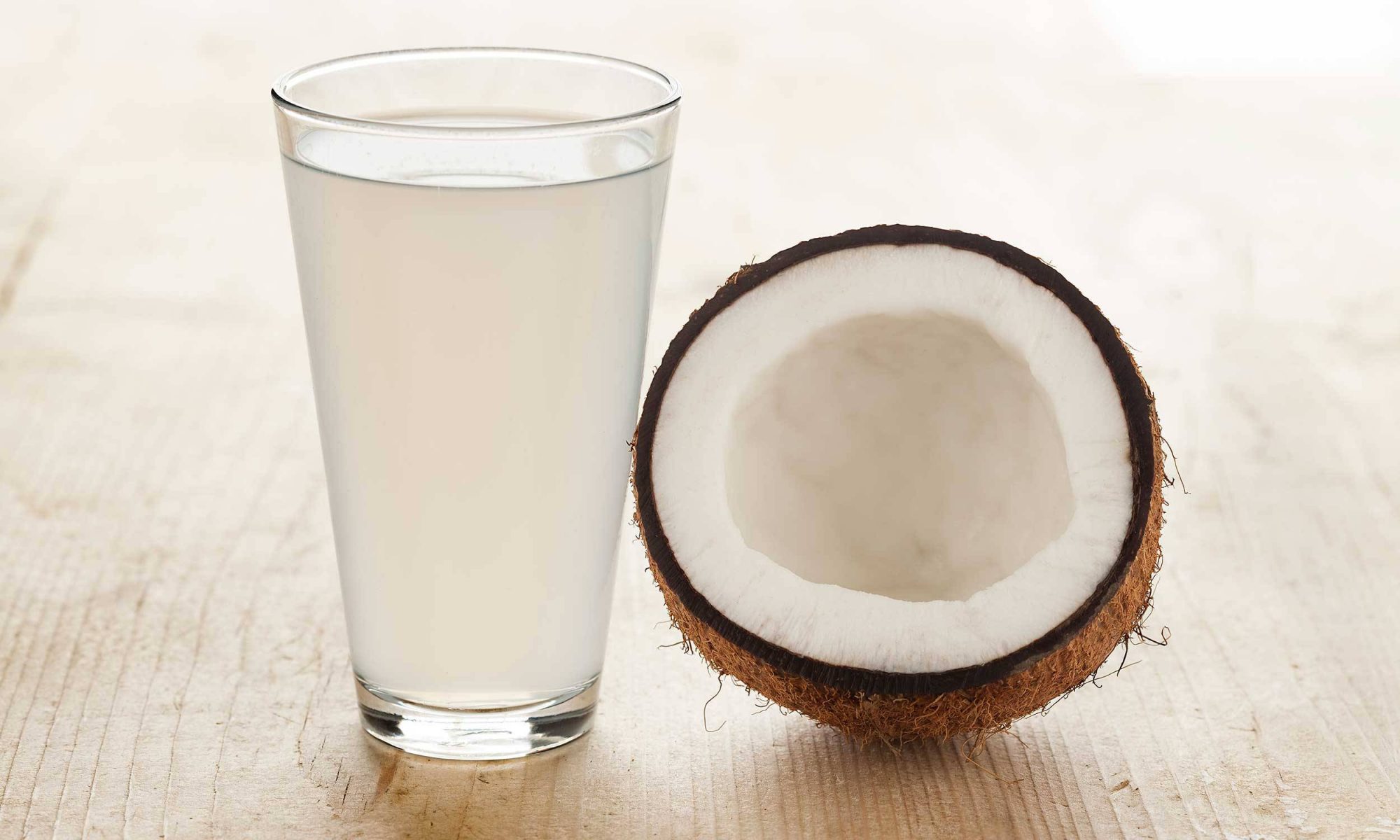
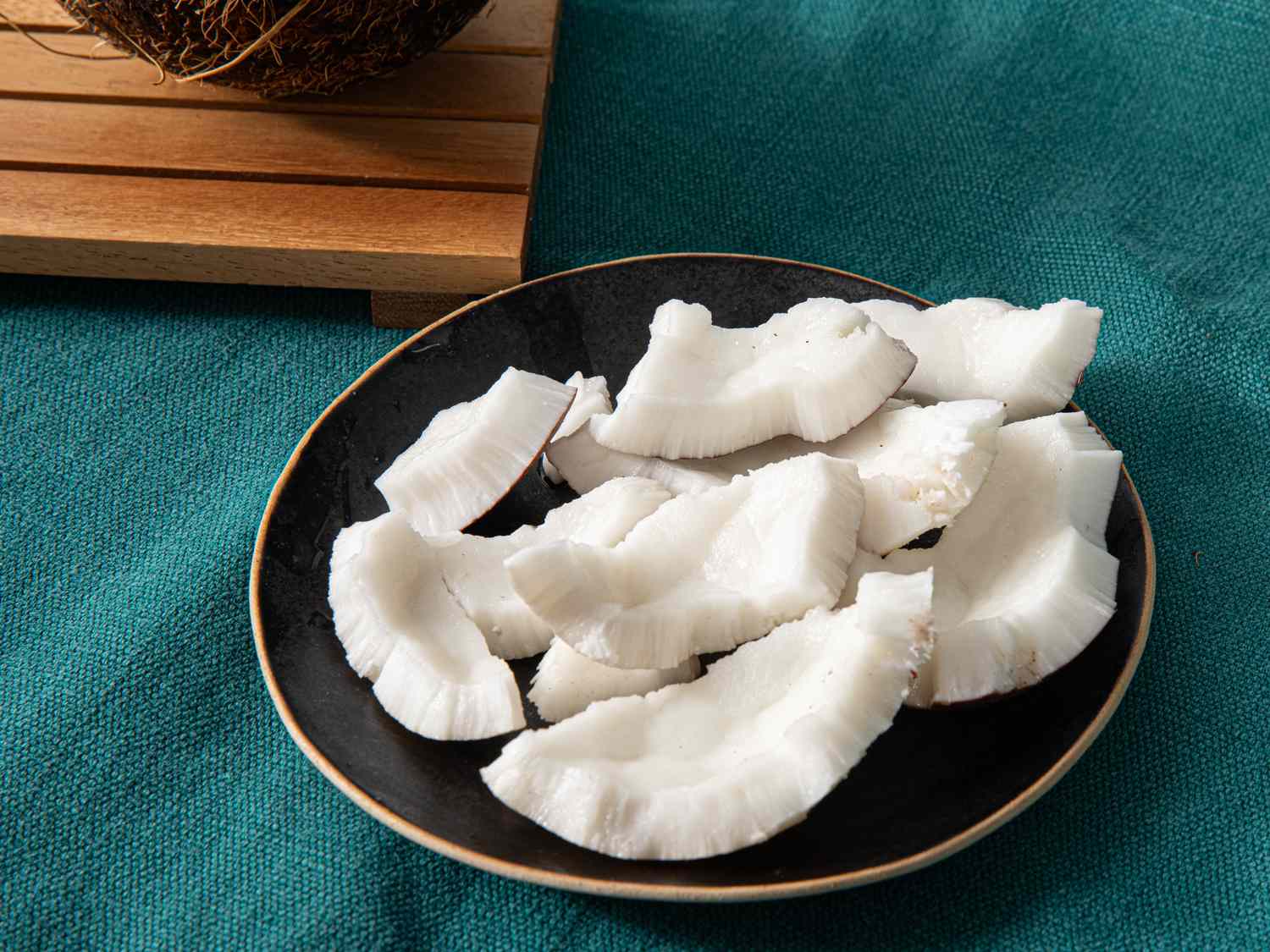
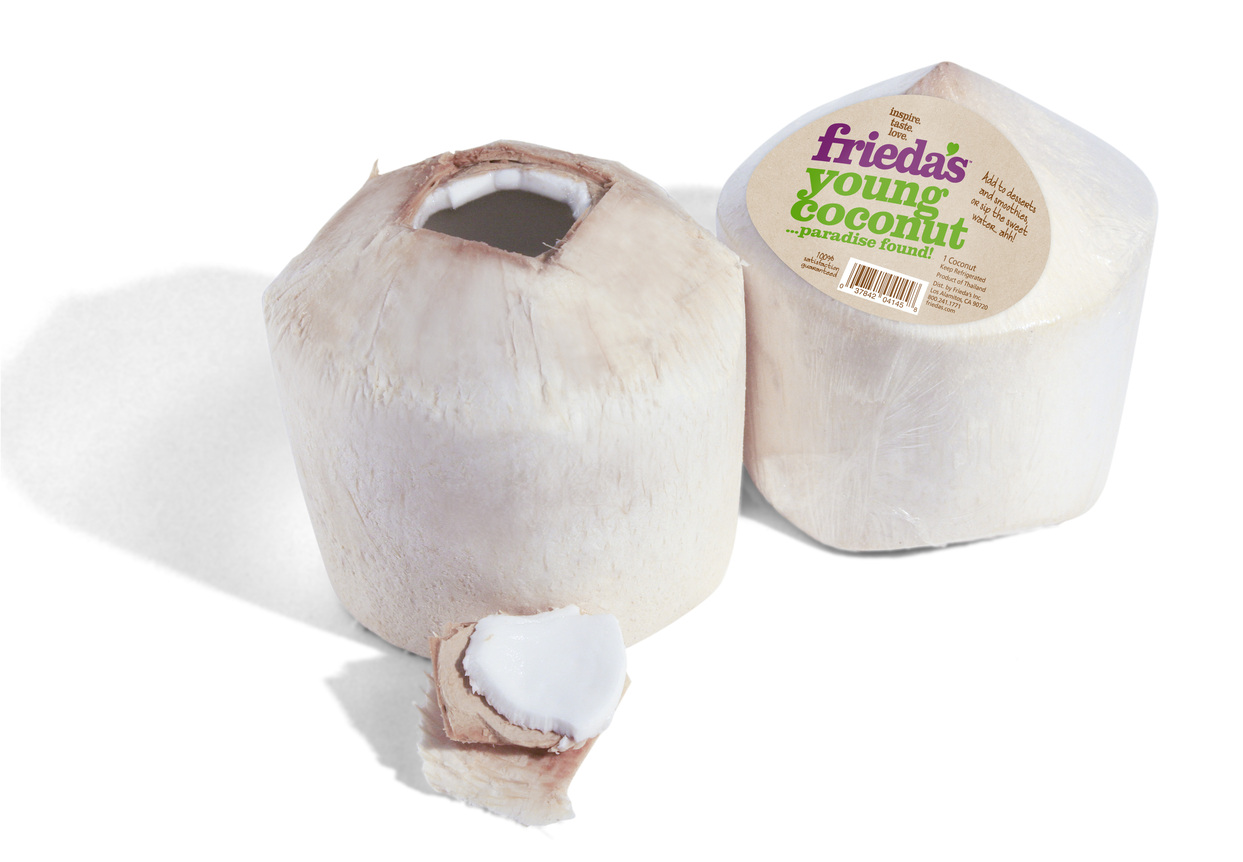
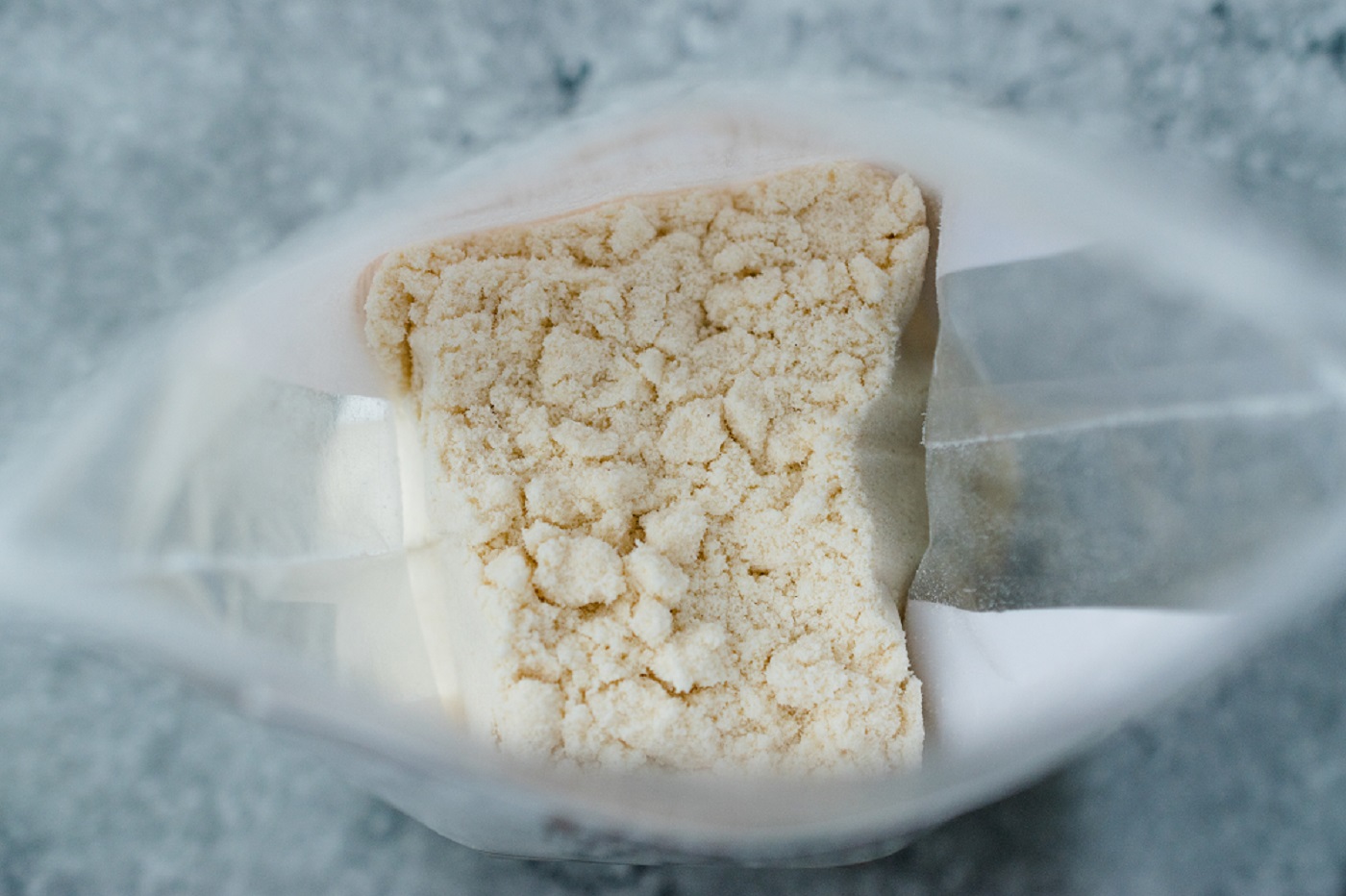




0 thoughts on “How To Store Unopened Coconut”